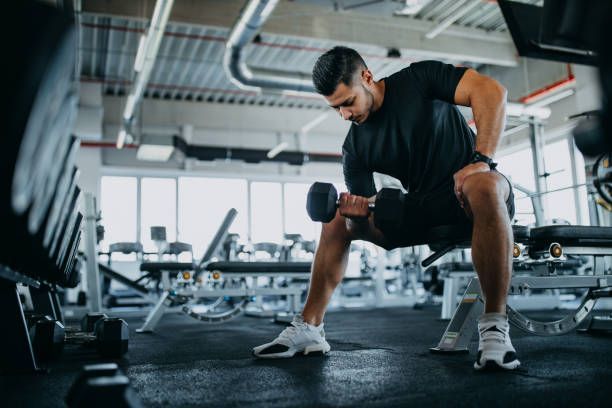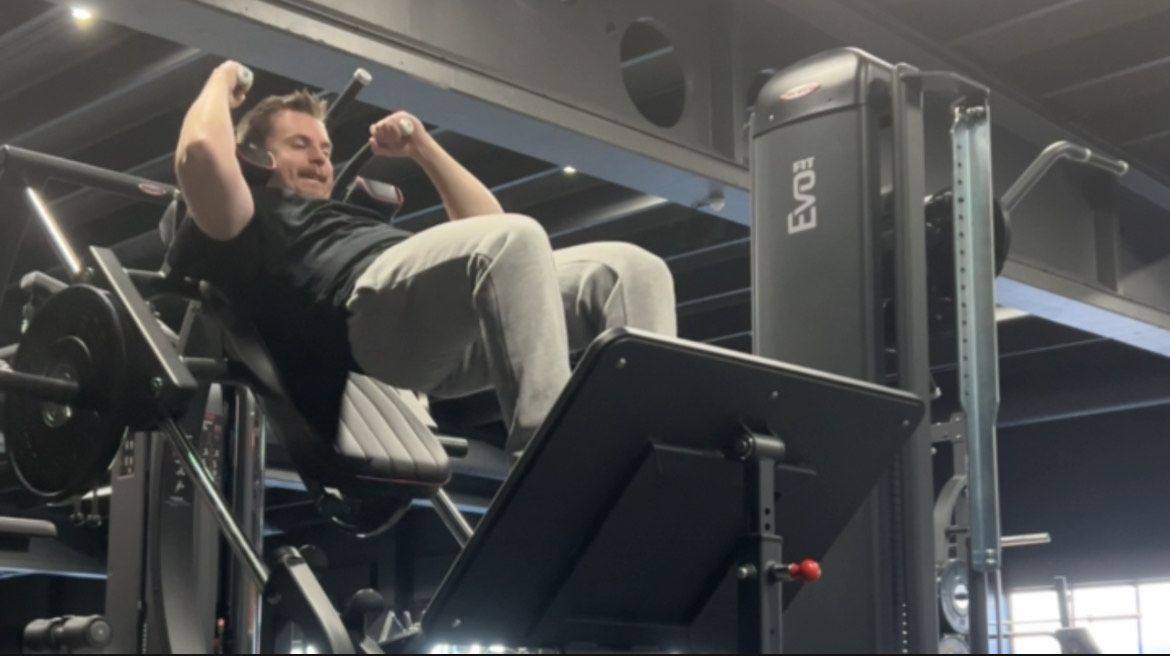Horizontal pulls or vertical pulls
Which one should you focus more on?
In the quest for a well-rounded and sculpted physique, incorporating pulling exercises is essential for developing a strong and balanced upper body. Pulling movements target the muscles of the back, shoulders, and arms, contributing to improved posture, strength, and aesthetic appeal. Among the myriad of pulling exercises available, horizontal pulls and vertical pulls stand out as fundamental movements that offer unique benefits and target different muscle groups. Let's explore the characteristics, advantages, and considerations of horizontal pulls versus vertical pulls to help you make an informed decision about which to incorporate into your workout routine.
Horizontal Pulls:
Horizontal pulling exercises involve moving a weight or the body horizontally toward the torso. Examples of horizontal pulling exercises include rows, such as the bent-over row, seated row, or inverted row (also known as the bodyweight row). These exercises primarily target the muscles of the mid-back, including the rhomboids, middle and lower trapezius, and rear deltoids, as well as the biceps and forearms.
Advantages:
- Back Thickness: Horizontal pulls are particularly effective for building back thickness, as they target the muscles responsible for retracting and stabilizing the scapulae (shoulder blades). This can contribute to a more developed and defined mid-back appearance.
- Core Engagement: Many horizontal pulling exercises require stabilization of the core muscles to maintain proper form and posture throughout the movement. This secondary engagement of the core muscles adds an element of core strengthening to the exercise.
- Variety of Equipment: Horizontal pulling exercises can be performed using a variety of equipment, including barbells, dumbbells, cable machines, or even just bodyweight. This versatility allows for different grip variations and adjustments to accommodate individual preferences and fitness levels.
Considerations:
- Limited Lat Activation: While horizontal pulls engage the muscles of the mid-back effectively, they may not target the latissimus dorsi (lats) as intensely as vertical pulling exercises. Individuals seeking to prioritize lat development may need to incorporate vertical pulls into their routine.
- Potential for Lower Back Strain: Some horizontal pulling exercises, particularly those performed with free weights, may place stress on the lower back if proper form is not maintained. It's essential to use appropriate weight and technique to minimize the risk of injury.
Vertical Pulls:
Vertical pulling exercises involve moving a weight or the body vertically downward toward the torso. Examples of vertical pulling exercises include pull-ups, chin-ups, lat pulldowns, and assisted pull-up variations. These exercises primarily target the latissimus dorsi, along with other muscles of the back, shoulders, and arms.
Advantages:
- Lat Development: Vertical pulls are renowned for their effectiveness in targeting the latissimus dorsi, the largest muscle of the back responsible for the V-taper appearance. By emphasizing lat activation, vertical pulling exercises can help individuals achieve a wider and more sculpted back.
- Functional Strength: Pull-ups and chin-ups, in particular, require the individual to lift their own body weight against gravity, making them excellent measures of upper body strength and functional fitness. Mastering these movements can translate to improved performance in various athletic endeavors.
- Scapular Mobility: Vertical pulling exercises promote scapular mobility and stability by encouraging proper scapular depression and retraction throughout the movement. This can contribute to better posture and shoulder health over time.
Considerations:
- Higher Skill Requirement: Pull-ups and chin-ups, especially when performed with bodyweight, require a certain level of upper body strength and technique to execute correctly. Individuals may need to start with assisted variations or use alternative exercises to build strength before progressing to unassisted pull-ups.
- Equipment Limitations: Unlike horizontal pulling exercises, which can be performed with minimal equipment, vertical pulling exercises such as pull-ups and chin-ups require a stable overhead bar or apparatus. Access to suitable equipment may be limited for some individuals, particularly when training outside of a traditional gym setting.
Choosing the Right Pulling Exercises for You:
Deciding whether to prioritize horizontal pulls or vertical pulls in your workout routine depends on your individual goals, preferences, and current fitness level. For overall back development and thickness, incorporating a combination of both horizontal and vertical pulling exercises is often recommended. This approach ensures balanced muscle development while targeting different areas of the back and upper body. Experiment with various exercises and techniques to find what works best for you, and always prioritize proper form and technique to maximize effectiveness and reduce the risk of injury. Whether you're aiming to build a stronger back, improve posture, or enhance your overall physique, incorporating a variety of pulling exercises can help you achieve your fitness goals and unlock your full potential.











